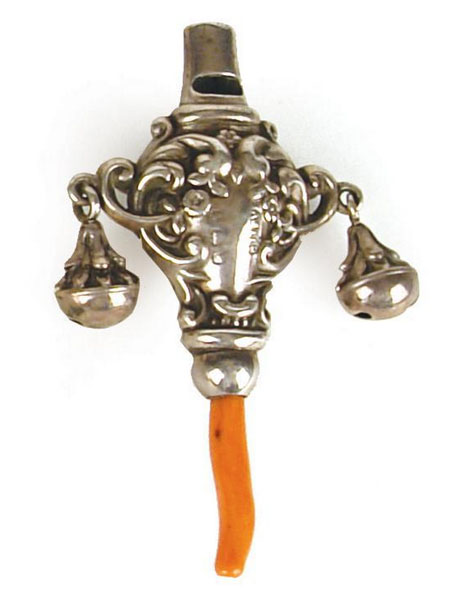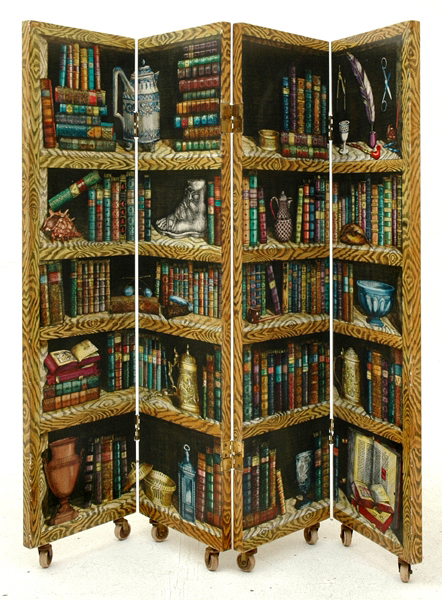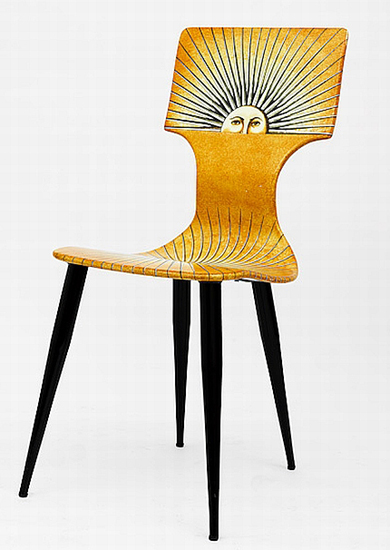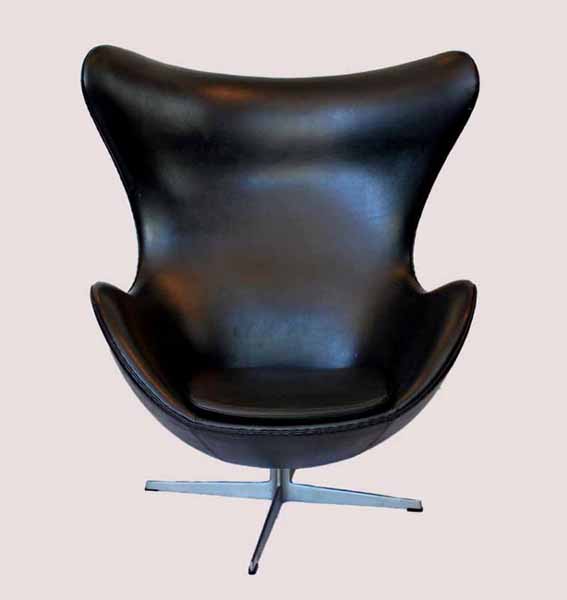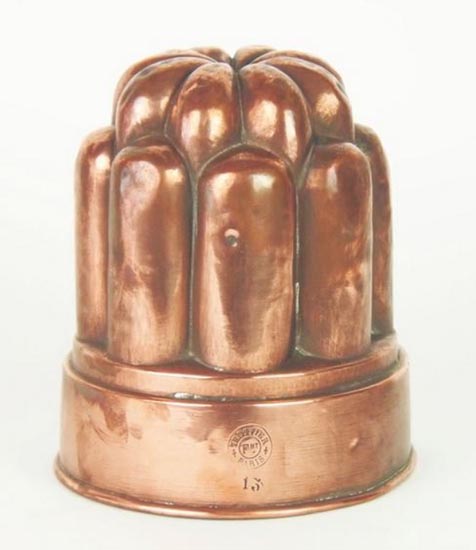Learn about antiques and collectables...
Click on a category below to show all the entries for that category.
Learn about and understand the items, manufacturers, designers and periods as well as the specialist terms used in describing antiques and collectables. Either click one of the letters below to list the items beginning with that letter, or click on a category on the left side of the screen to list the items under that category.
Baby Rattles
As well as the rattle itself which may be in the form of one or more bells, Georgian and Victorian rattles may include a teething ring, made of ivory or coral, and a whistle for blowing. Coral was believed to have medicinal properties, but on many rattles where previously present, it has been broken off and is missing.
Often made of thin silver, Victorian rattles easily sustain damage such as tearing or denting, or have pieces missing.
Ericsson Ericofon
The Ericsson Ericofon was designed in the late 1940s and went into production in 1954.
The stylish one-piece design, with the dial in its base, was launched for domestic use in 1956. It came in a multitude of colours. It was discontinued in 1972.
Collectors should be aware that modern copies are now on sale.
Fornasetti, Piero
Piero Fornasetti (1913-88) was a Milanese designer, painter, sculptor and interior decorator.
The range of products incorporating his whimsical and often black and white designs include scarves, drink coasters, lamps, umbrella stands, trays, cabinets, chairs, tables, desks, screens and plates and vases.
It has been estimated that by the 1960's there were over 11,000 different items incorporating his designs.
He showed artistic ability as a child, and studied at the Brera Academy of Fine Arts, and later at the Castello Sforzesco school, both in Milan.
After a period of travel to Africa he returned to Milan in 1933, and his designs on silk scarves were seen by noted Italian architect Gio Ponti, who later became his collaborator on various projects including the interior decoration of the Casa Lucano in Milan in 1951, and the ocean liner, Andrea Doria in 1952.
Since his death in 1988, the business in Milan has been continued by his son Barnaba who has revived production of the most popular designs, and produced new designs under the Fornasetti name.
High Chair
A tall chair designed especially for children sitting at the table. There are several varieties. One of the most interesting, though uncommon, versions is the small elbow chair standing on a low table, to which it is attached by thumbscrews. A bar across the front prevents the child from falling out and when not in use the piece can be dismantled and used as a separate table and chair. These versions date from the early 19th century and a few Australian made examples have survived.
Most chairs, however, were similar in design to standard parlour chairs, though with longer legs and a cross piece for the child to put its feet on. As a rule, most 19th century high chairs were made to stand at normal table-height and the separate fold-up tray was not introduced until towards the end of the century. There are some quite remarkable high chairs made by American manufacturers during the Edwardian period on the same principle as the embossed spindle back chair. These pieces are not only high chairs, but convert to perambulators, strollers, and even rocking chairs.
It is important to distinguish between high chairs made for children and the tall office stools and chairs, often made from bentwood, on which innumerable Bob Cratchits scratched a miserly living at their clerk's desks, the victims of many Scrooges and high Victorian 'humbug'.
Jacobsen, Arne
The Danish architect Arne Jacobsen (1902-71) was born in Copenhagen. As a child he showed an extraordinary talent for drawing and depicting nature. He was educated at the Royal Danish Academy of Fine Arts and the School of Architecture in Copenhagen.
Jacobsen's designs included architecture, furniture, textiles, wallpaper and silverware. He mastered the range of design from large, complex building projects to a teaspoon in a set of cutlery.
His most famous designs became ‘The Ant’, ‘Series 7’, ‘The Egg and The Swan’, and the tableware ‘Cylinda-Line’.
Jacobsen’s architecture includes a considerable number of epoch-making buildings in Denmark, Germany and Great Britain.
‘The Ant’ chair, designed in 1952 for use in the canteen of the Danish pharmaceutical firm Novo Nordisk, became the starting point of his world fame as a furniture designer and became the first of a number of lightweight chairs with the seat and back in one piece of moulded wood.
Model ‘3107’ from 1955 is often merely called ‘The Number Seven Chair’. It was launched in beech, black and white. ‘3107’ is one of the most important success stories in Danish furniture history, and over 5 million originals have been manufactured, as well as countless copies.
'The Egg' is a chair designed by Arne Jacobsen in 1958 for the lobby and reception area of the Radisson SAS hotel in Copenhagen, Denmark, which he also designed.
His simple, elegant and functional designs have a remarkable, timeless appeal and have become international design classics.
Jelly Mould
In past times, both savoury and sweet jellies were popular, and to improve the presentation of the jellies, ceramic jelly moulds were made from about 1750.
The first jelly moulds were made from salt-glazed stoneware and were often in geometric shapes intended for a single serve. From about 1830, metal jelly moulds also came into use. Copper moulds were tinned on the interior to prevent poisoning.
Glass jelly moulds became popular from the 1930s onwards. Nowadays most jelly moulds are plastic or aluminium.
Knife Sharpeners and Grinders
Some Victorian and Edwardian table knives were made of iron or steel, which turned black after use. To solve this problem, knife grinders and sharpeners were invented.
They were cased in wood or iron plate and had a winding handle. The blades were inserted through slots and sandwiched between pads impregnated with fine carborundum. By turning the handle, the stains were removed.
